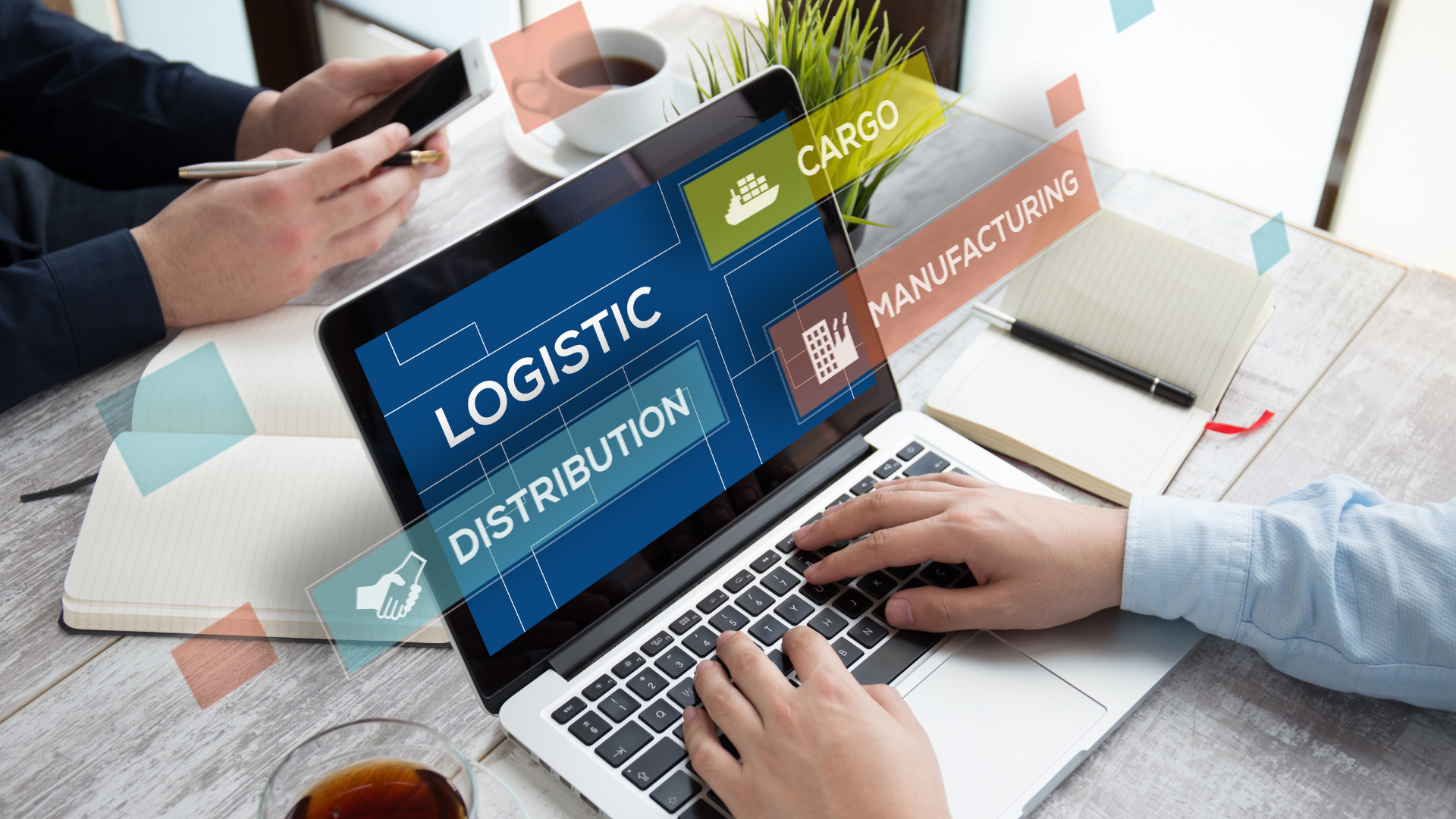Fulfillment strategies should be thought of as tools to help you increase sales. The cost is not as important as you might think. There are a variety of options for fulfillment strategies, and the right one depends on your business.
There are many considerations for choosing a fulfillment strategy. First, you should define your strategy. Your strategy defines how you will select and process orders and your shipment methods. The strategy also defines how you handle inventory, accountability, returns, and refunds. You also have to settle on whether you plan to process order fulfillment in-house, or outsource it to a 3PL company such as Shape or others like it. To further delve into all that, here are some points:
Plan your shipping process
It’s essential to have a plan for making sure your orders reach the right customers. There are a variety of considerations you’ll want to address when determining a fulfillment strategy. Prior to choosing one, you’ll want to consider your customer base, your profit margin, and the type of customer you want to attract. You’ll also need to think about the location you’re shipping to, and whether you’ll need any sort of clearance for it. If you’re looking to expand globally and ship to other countries, you’ll need to look at each country’s regulations with respect to import and export. Consulting a local custom clearance agent is a good idea to help you streamline this process and minimize any inconveniences during customs.
Choose the right carrier.
When we talk about fulfillment strategies, we talk about everything – everything from carrier selection to fulfillment model to choosing your fulfillment provider. But for most eCommerce sellers, one of the most important decisions they make for their business is choosing the shipping carrier that best fits the orders they’re handling. Choosing the best fulfillment strategy for your organization requires thorough research and deliberate decision-making.
Compare rates and services.
If you’re launching or growing an online store, you have a lot to think about. You need a dependable and dependable shipping and fulfillment partner. Amazon and eBay provide automatic fulfillment, but unless you know they’re going to accept your product, it can be risky. What you ultimately want is for your orders to be fulfilled by your fulfillment partner, not Amazon or eBay.
A fulfillment strategy is essential to efficiently manage the logistics of delivering your merchandise to customers. There are various fulfillment strategies available, each with its unique advantages and limitations. For businesses focused on direct-to-consumer sales, an automated order fulfillment approach can be a game-changer. Automated order fulfillment strategies can streamline the entire process, from receiving orders to shipping, reducing manual errors and improving efficiency. While it may require a higher initial investment, it proves highly effective at handling a larger volume of orders. Comparing fulfillment rates and services can help businesses optimize their costs and find the most cost-effective solution for their specific needs.
Negotiate better rates
Choosing a fulfillment strategy for your online store isn’t always easy. You have to think about your shipping volume, shipping frequency, costs, and product types, among other things. You’ve built your product, set up your fulfillment strategy, and your product is on sale. Your product is great, and your customers are happy; now it’s time to ship out your products. But how do you make sure you get the best rate possible while still fulfilling orders? Negotiate your rates with fulfillment partners.
Use technology to help automate shipping.
Shipping logistics is a tricky, complicated part of running an ecommerce business. You need to plan and track your inventory, coordinate with your customers, and manage all of your vendors. It’s a lot to keep track of and manage, and at this scale, managing shipping logistics can cost your business more money than it is worth.
That’s why it’s advisable to consider leveraging automation software, such as shipping management systems or logistics platforms. These technologies can streamline and optimize the entire shipping process, from order fulfilment to shipment tracking. However, it’s important to note that for these systems to operate smoothly without lags or delays, an investment in quality hardware infrastructure and robust internet connectivity is essential.
For instance, investing in hardware like server memory (available at servermemory.co.uk or similar websites) can significantly improve task execution speed and data processing. This improvement can ultimately enhance the efficiency of your automation systems. Similarly, a strong internet connection can facilitate faster software updates and minimize delay in data transmission.
Prepare your products for shipping.
When scaling your e-commerce logistics strategy, it’s important to focus on the details. Ensure your logistics team has access to all information, including SKUs, inventory, purchase orders, shipping & billing addresses, and customer details, so that orders can be processed accurately and quickly.
Most e-commerce businesses spend countless hours on research, sourcing, product development, and buying. Marketing is the next most important business function and is often the first thing companies cut when times get tough.
The importance of e-commerce logistics shouldn’t be overlooked, however. After all, without the logistics function, products won’t reach your shoppers, and you won’t make money.
Ship your products safely and securely
A scalable e-commerce logistics strategy refers to the effective management of a logistics network that is capable of scaling on demand. While the term itself is self-explanatory, it becomes even more imperative in a constantly changing market.
You’ve finally started selling your products online, and things are going great. Your customers are thrilled with the service you provide, and you’re looking to make a little extra cash on the side by listing a few products on eBay or Amazon. But before you ship your products, it’s important to make sure they stay safe and protected in transit. Shipping your products safely and securely is simpler than you think, and a little help from the shipping experts at FedEx will get you on your way.



